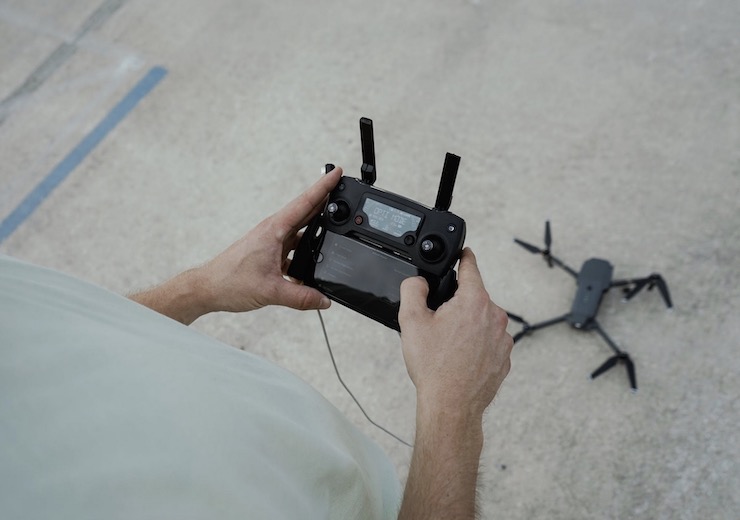
Will America and the world have enough drone pilots to meet the demands of the burgeoning drone industry?
A study released last year by Research and Markets estimated a phenomenal 51.1% growth in the demand for drone pilots over the next five years. In absolute terms that means more than 100,000 new drone pilot jobs will be created by 2027, according to a separate study by the Association for Unmanned Vehicle Systems International. But without additional training opportunities, companies may well find themselves scrambling to fill these positions full-time, experts say.
Jobs for drone pilots tend to be fairly lucrative, with the top jobs commanding more than six figures annually. However, salary levels can vary considerably by the industry and the skill level required. For example, drone pilots that work in mapping and surveying earn the highest incomes, while those in film and video earn the lowest. Currently, the median total pay for a drone pilot in the United States is $85,159, with an average salary of $54,128, according to Glassdoor. Perks such as cash bonuses, commissions, tips and profit sharing can also greatly affect salary levels, the staffing firm notes.
One potential growth area for drone pilots is the U.S. military. The U.S. Air Force is still facing a huge shortage of drone pilots as the service transitions from its exclusive reliance on larger missile strike systems (e.g. Predator and Reaper) toward a suite of smaller drones for intelligence, reconnaissance, search-and-rescue and transport, among other missions. Many of those original drone pilots are retiring early due to the high stress levels associated with drone warfare, and newer recruits still need to step up to fill the void.
The U.S. is hardly alone. Other countries are also reporting huge shortages for commercial and military drone pilots alike. China, the world’s largest drone producer and exporter, is facing shortages across the board but especially in agriculture where the skills required for drone pilots in agriculture exceed those needed for aerial surveying and inspection operations in industries like mining and construction. “Drone operations for crop protection requires an understanding of the agronomics behind captured analytics to dispense appropriate crop protection products for effective crop management,” a report on China’s drone industry notes.
In India, where agriculture is also the dominant drone industry, more than 100,000 drone pilot jobs will be available by 2026, according to data collected by the staffing company TeamLease Digital. The company’s vice-president, Gautam Vohra, claims that nearly a thousand job openings are popping up every month – about 20% for pilots alone. Overall, the demand in India for drone pilots is increasing by 15-20% annually, he says.
The skyrocketing demand for trained drone pilots – amid signs of a lagging supply – is spurring an explosion of drone pilot training programs nearly everywhere. China is increasing the number of pilot training centers focused on farm management agronomics, including crop seeding and spraying, and livestock protection. India is subsidizing special drone pilot and engineering training programs for impoverished rural youth, in part to prevent further rural out-migration to India’s already severely overpopulated cities
In the United States, drone pilot training is being incorporated into educational curricula right down to the high school level. New York-based SkyOp first tested its state-of-the-art drone training curriculum at a local community college back in 2019. The program was so successful that the U.S. Department of Labor’s Job Corps has since adopted it for training in high schools, college credit programs, workforce development and continuing education nationwide.
SkyOp, in conjunction with major U.S. corporations, is also seeking to increase funding for STEM training programs in local high schools with an emphasis on the more advanced data collection and analytical skills needed for drone operations in selected industries, especially mining, construction, and farm management.
|